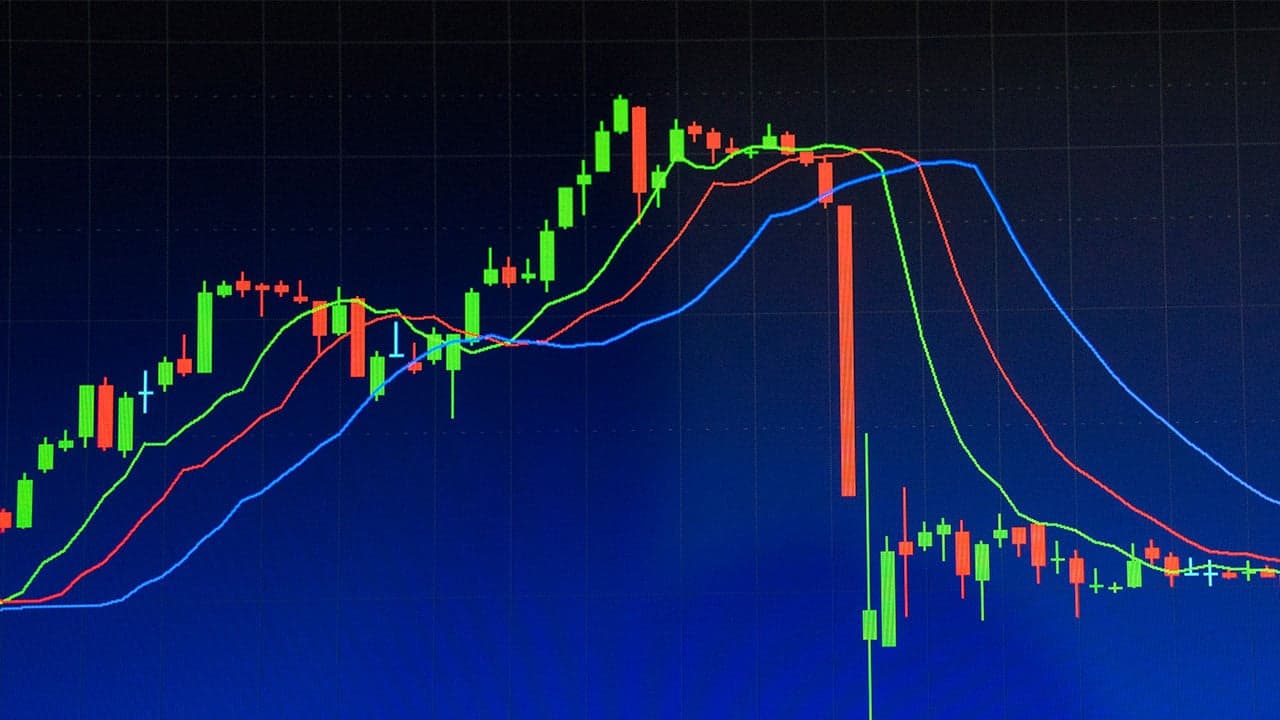The market is being “driven by sentiment” and is overvalued, warns one veteran strategist.
“The rally that has happened, it always happens after big crises, but going back to the beginning of time, we’ve never seen a bottom in a stock market within six months after a 30% sell-off leading into a recession,” James McDonald, CEO of Hercules Investments tells Yahoo Finance.
On Friday the markets rallied on the same day as the worst monthly jobs report since the Great Depression as businesses cut jobs amid the coronavirus pandemic. The Dow (^DJI) and S&P 500 (^GSPC) and Nasdaq (^IXIC) each rose more than 1.5% during the session and ended the week higher.
Technology and health care have fueled much of the rally. On Thursday the Nasdaq erased its 2020 losses and crossed into positive territory for the year. PayPal (PYPL), Peloton (PTON), and Twilio (TWLO) all touched new highs this week following their quarterly results.
“People are still optimistic in those sectors [tech and health care] to the extent that they’re surviving this crisis, and what I believe will happen is we’re going to see a rotation out of those sectors and into cash,” said McDonald.
“Irrespective of tech and health care, if you look at the valuations right now, we’re at double the price earnings growth metric in terms of what the stock market is valued, versus forward-looking earnings. That’s never been the case before,” said McDonald.
“Right now the market is 50% more overvalued than it was at the peak of the dot com crisis. I think what we see right now is very temporary, and the best investment right now are put options.”
Some strategists say the Federal Reserve measures and government stimulus will keep the markets from retesting the March 23rd lows.
“I don’t think the Fed is the solution to this. In fact, I think all of the liquidity injections have created a false hope of market valuations remaining intact or even stabilizing — This market is going to come down faster and harder as a result of these liquidity injections,” said McDonald, who predicts a pricing adjustment of 15%.
“If we’ve got half of small businesses closing, if we’ve got a third of the population unemployed, earnings are going to come down, and those ratios have to come down. We can’t have artificial stock market valuations” he added.
In April a whopping 20.5 million payrolls were shed as unemployment soared to 14.7%.
Economists point to what could be “a silver lining” within the dismal US jobs report — 18.1 million people reported being on a “temporary” layoff, meaning they expect to get their jobs back. How long the layoffs last remains to be seen as states begin re-opening.
“The consensus view out there is that when we turn the lights back on, we’ll probably going to see somewhere between 30% and 40% of those jobs not coming back online immediately,” Anthony Chan, former chief economist of JPMorgan Chase tells Yahoo Finance.
Chan believes new jobs will surface in the areas of health care and technology, while opportunities involving more social distancing jobs will take more time to rebound.
“Now we’re a lot more sensitive to health security and type of risks, we’re more focused on building our health infrastructure,” said Chan. “And of course health, and we’ll be partnering with technology.”

